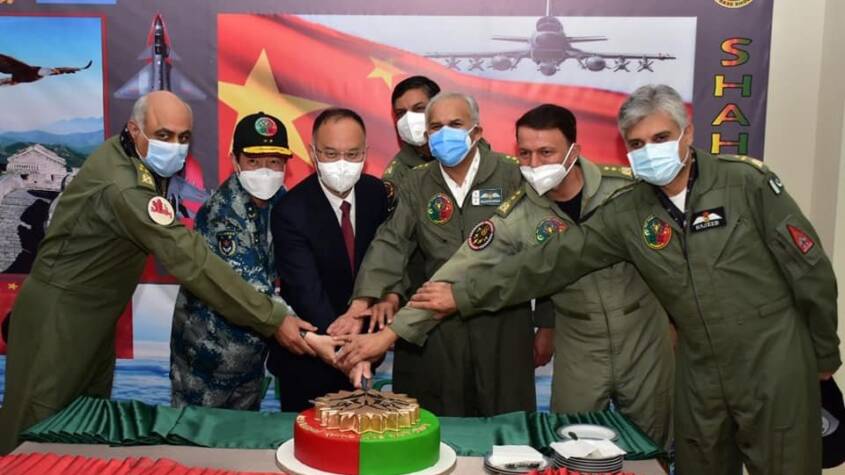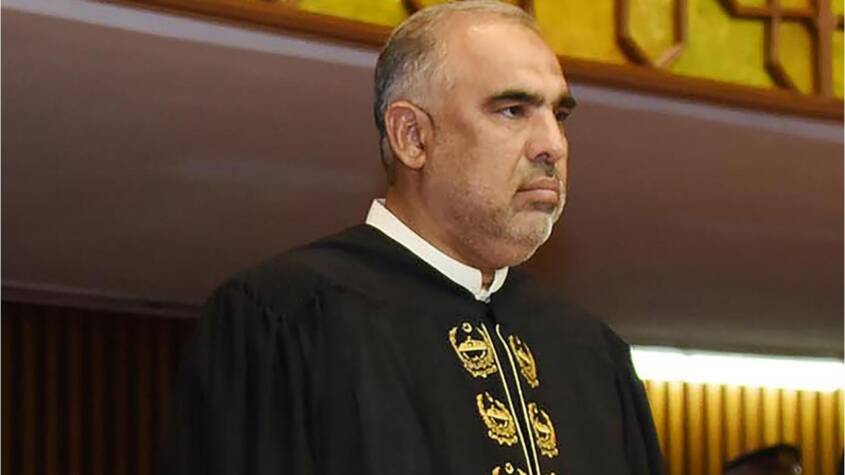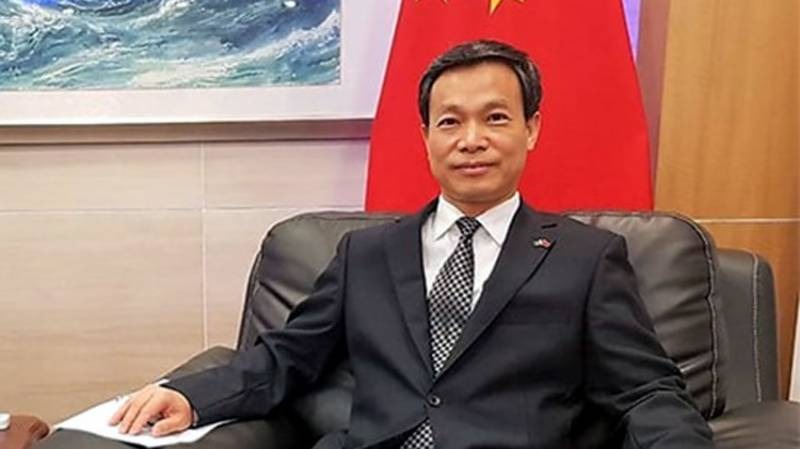Premier Li urges model of openness, cooperation with ASEAN, GCC as he addressed the Summit in Kuala Lumpur.
Chinese Premier Li Qiang called for China, ASEAN, and the GCC nations to become a model of openness, cooperative development, and cross-cultural integration, during his address at the first ASEAN-China-GCC Summit in Kuala Lumpur, Malaysia.
Li emphasized the longstanding friendly ties between the three sides and stated that, amid global uncertainty and economic challenges, the creation of this trilateral summit marks a key innovation in fostering regional economic cooperation.
He noted that through greater connectivity and deeper collaboration, China, ASEAN, and the GCC can form a vibrant economic zone and new growth hub, contributing significantly to both regional and global peace and prosperity.
Li encouraged all parties to grasp this historic opportunity, expand the depth of trilateral cooperation, and work collectively to set an example for international cooperation and development.
He then outlined three specific areas in which this trilateral relationship should become a global model.
First, Li proposed establishing a template for cross-regional openness, pointing out that the combined populations and economies of China, ASEAN, and the GCC make up about a quarter of the global total. He said that integrating these markets would lead to greater development opportunities and more impactful economic benefits.
He highlighted the conclusion of negotiations on the China-ASEAN Free Trade Area (Version 3.0) and expressed hope for the swift finalization of a similar agreement between the GCC and its partners, aiming to elevate trilateral trade and connectivity. Li stressed the need to deepen regional openness and turn the region into a shared economic space where resources and innovation flow freely.
Second, Li called for building a model of cooperation despite differing development stages. He noted that these differences should be seen as complementary advantages rather than obstacles. China, he said, is ready to align strategically with ASEAN and the GCC, coordinate macroeconomic policies, and enhance sector-specific collaboration.
He emphasized leveraging each side’s strengths to confront shared development challenges, create innovative industrial partnerships, and ensure that growth benefits are widely shared and mutually reinforcing.
Third, Li urged the formation of a cross-civilizational cooperation model, noting that the regions are rooted in rich and vibrant cultures united by Asian values such as peace, openness, and inclusivity. He encouraged deepening cultural exchanges, mutual respect, and managing differences through dialogue and understanding.
He also voiced support for the Confucian-Islamic civilizational dialogue proposed by Malaysian Prime Minister Anwar Ibrahim and reiterated China’s commitment to the Global Civilization Initiative, which aims to foster cultural exchange and shared progress.
Li further stated that China is committed to strengthening trilateral partnerships under the Belt and Road Initiative, aligning infrastructure and regulatory systems, and expanding collaboration in energy, agriculture, AI, digital economy, and green development, along with boosting people-to-people ties and visa facilitation for ASEAN and GCC countries.
On the global front, Li emphasized the importance of trilateral coordination in multilateral forums like the UN, to protect the interests of developing countries, oppose hegemonic practices, and advocate for fairer global governance.
Leaders from ASEAN and the GCC praised the summit’s significance, acknowledging it as a new milestone in advancing collective development and promoting peace. They agreed to deepen Belt and Road cooperation, enhance ties in trade, connectivity, supply chains, energy, finance, and the digital economy.
The leaders also committed to strengthening intercultural dialogue, increasing multilateral coordination, and pushing forward inclusive and sustainable trilateral integration, aimed at building a shared future for the region.
The summit concluded with the adoption of a joint statement, solidifying the commitments and visions agreed upon by all participants.
Related Posts

















